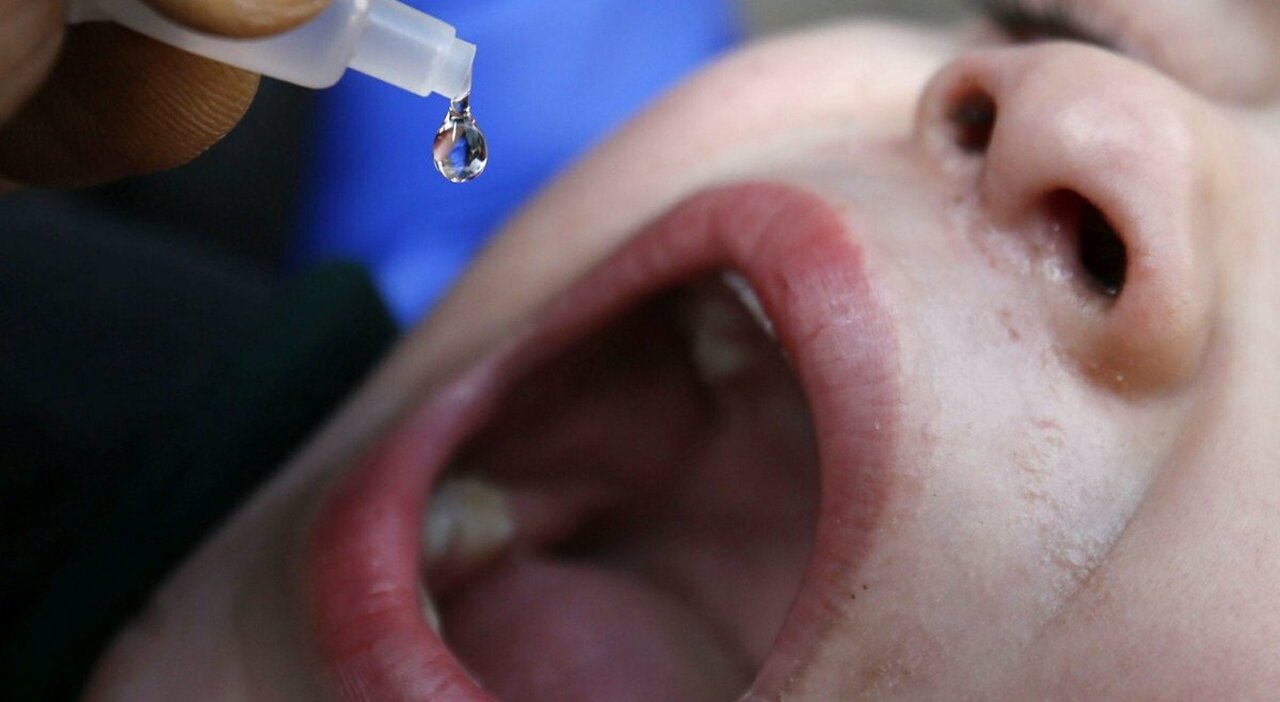Polio (poliomyelitis) – as described by the Higher Institute of Health – is a serious infectious disease affecting the central nervous system that mainly affects the motor neurons of the spinal cord. First described by Michael Underwood, a British physician, in 1789, polio was first recorded as an epidemic in early 19th century Europe and shortly thereafter in the United States. The spread of polio peaked in the United States in 1952 with over 21,000 cases recorded. In Italy, in 1958, over 8 thousand cases were notified. The last American case dates back to 1979, while in our country it was notified in 1982.
What Causes Polio
The disease is caused by three types of poliovirus (1,2 and 3), belonging to the enterovirus genus, which invades the nervous system within a few hours, destroying the affected neural cells and causing paralysis that can become, in cases more serious, total. In general, polio has more devastating effects on the muscles in the legs than those in the arms. The legs lose muscle tone and become flabby, a condition known as flaccid paralysis. In cases of infection spreading to all the limbs, the patient can become quadriplegic. In the most severe form, the bulbar, the virus paralyzes the muscles innervated by the cranial nerves, reducing the ability to breathe, swallow and speak. In this case, it is necessary to support the patient with breathing aids. In the 1950s, steel lungs were very popular for this purpose, replaced today by much more agile tools.
How poliovirus is transmitted
The infection occurs via the fecal-oral route, through the ingestion of water or contaminated food or through the saliva and droplets emitted with coughs and sneezing by sick subjects or healthy carriers. The poliovirus multiplies in the oropharyngeal mucosa, intestines and underlying lymphatic tissues and can also spread through the stool, well before the symptoms of the disease are evident. Humans represent the only natural reservoir for the polio virus, which can affect people of all ages but mainly occurs in children under three years of age.
Subjects at risk and risk factors
Polio mainly affects children under five years of age. Immunized individuals can also become infected with the virus without developing symptoms and pass it on to others. Given the low likelihood of an infected individual developing clear and visible symptoms, such as paralysis, the chain of transmission can widen rapidly, especially in the absence of adequate hygiene measures. Only 1% of polio sufferers develop paralysis, 5-10% develop aseptic meningitis, the remaining 90% only experience symptoms similar to flu and other viral infections. The reasons that lead an individual to develop the most severe form of polio are unclear, but the WHO risk factors include: immunodeficiency, pregnancy, removal of the tonsils, intramuscular injections, vigorous and / or exaggerated exercise, injuries or injuries.
Symptoms
Initial symptoms of the disease are fever, fatigue, vomiting, neck stiffness and pains in the limbs. A minimal part of infections, about one in two hundred according to WHO data, leads to irreversible paralysis, while 5-10% of patients die from paralysis of the respiratory muscles. Paralysis is the most obvious manifestation of the disease, but only 1% of patients have this symptom, while in 90% of cases. It is important to underline that acute flaccid paralysis (AFP) generated by poliovirus is similar in symptoms and manifestations to other diseases such as Guillain-Barré syndrome, transverse myelitis, polyradiculoneuritis, traumatic and neoplastic neuritis. Only the isolation and typing of the pathogen allow us to evaluate the actual incidence of polio with respect to all AFPs. To this end, a global surveillance system was launched by the WHO. In Italy, at the Higher Institute of Health, the Italian surveillance project for acute flaccid paralysis is active, which allows for accurate year-by-year monitoring of cases of paralysis.
Vaccine, treatments and cures
There is no cure for polio, other than symptomatic treatments that can only partially minimize the effects of the disease. The only way to avoid potential consequences is prevention through vaccination. There are two different types of vaccines: the “inactivated” Salk (IPV), to be administered by intramuscular injection, and the “live attenuated” Sabin (OPV), to be administered orally. Sabin’s vaccine, administered up to recent years also in Italy, has made it possible to eradicate polio in Europe and is recommended by the World Health Organization in its campaign to eradicate the disease worldwide. WHO’s objective is in fact to completely eliminate the presence of the disease, following the success achieved with smallpox in 1980. In Italy, by decision of the State Regions Conference in 2002, after the complete eradication of polio in Europe, the The only form of vaccine administered is the inactivated one. A stock of active oral vaccine is kept at the Ministry of Health as a precautionary measure, in case of emergency and when the virus is imported.

